What Trees Are on TCU’s Campus?
TCU’s tree walk, which debuted in 2010, highlights 14 of the 40 species across campus. With more than 3,200 trees, TCU has been recognized as a Tree Campus USA school.

What Trees Are on TCU’s Campus?
TCU’s tree walk, which debuted in 2010, highlights 14 of the 40 species across campus. With more than 3,200 trees, TCU has been recognized as a Tree Campus USA school.
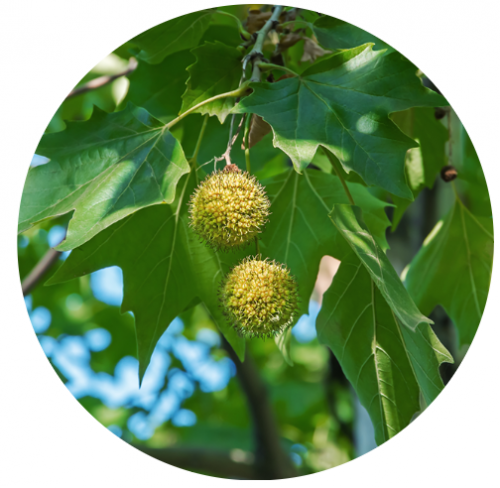
1. American sycamore
Platanus occidentalis
Sycamores can reach ages of 500 to 600 years. The bark shedding is distinct — it exfoliates in sheets. The tree can photosynthesize even without leaves.
Courtesy of Getty Images | kiruk
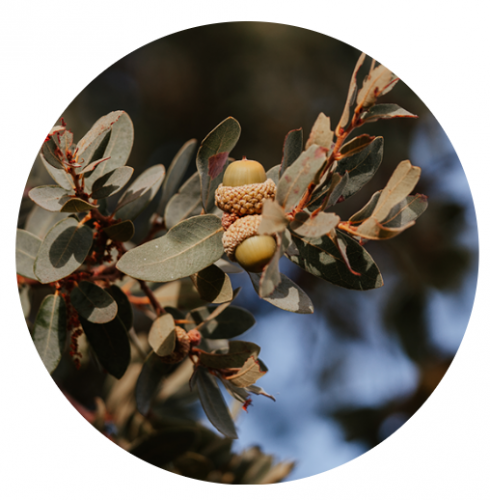 2. Texas live oak
2. Texas live oak
Quercus virginiana
Live oaks thrive in the sun and have a high heat tolerance. The trees are a strong source of tannins, which can be used to cure leather hides.
Courtesy of Getty Images | Irina Lev
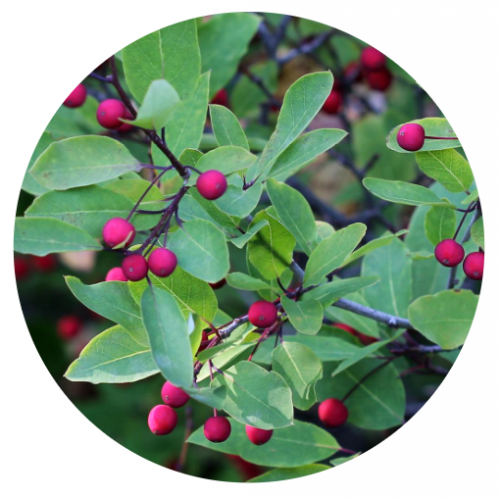 3. Possumhaw holly
3. Possumhaw holly
Ilex decidua
Possumhaw holly trees are named for the opossums that love to climb them. The Celts hung the holly in their doorways to ward off evil.
Courtesy of Rob Routledge, Sault College, Bugwood.org
 4. Texas mountain laurel
4. Texas mountain laurel
Sophora secundiflora
The Texas mountain laurel’s purple flowers are known to smell like grape soda. However, its bright red seeds are poisonous.
Courtesy of Getty Images | JennyPPhoto
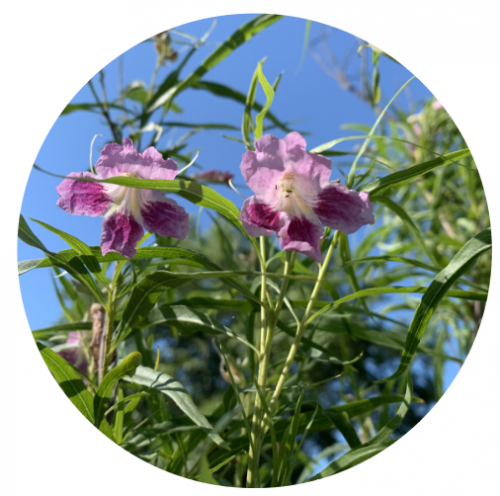 5. Desert willow
5. Desert willow
Chilopsis linearis
The wood from desert willows was used by Native Americans to create hunting bows. Dried flowers from the tree can be used to make tea.
Photo by Trisha Spence
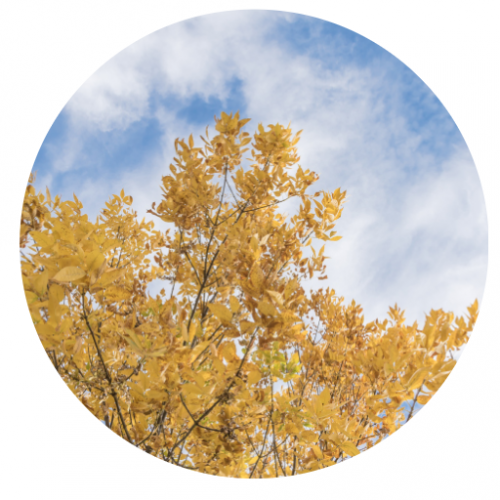 6. Cedar elm
6. Cedar elm
Ulmus crassifolia
The cedar elm is the most widespread native elm in Texas. The tree’s leaves compost and enrich soil.
Courtesy of AdobeStock Stock | trongnguyen
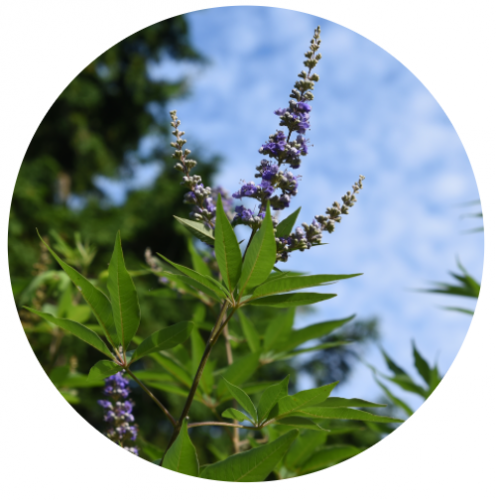 7. Chaste tree
7. Chaste tree
Vitex
Monks used to eat the berries from chaste trees to help keep their vows of chastity.
Courtesy of Getty Images | undefined
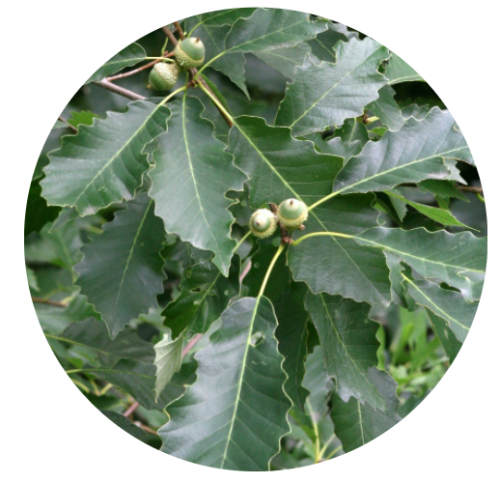 8. Chinkapin oak
8. Chinkapin oak
Quercus muehlenbergii
This type of oak tree produces acorns often eaten by deer and squirrels. Chinkapin oak is also used in construction.
Courtesy of Vojtěch Zavadil, CC BY-SA 3.0
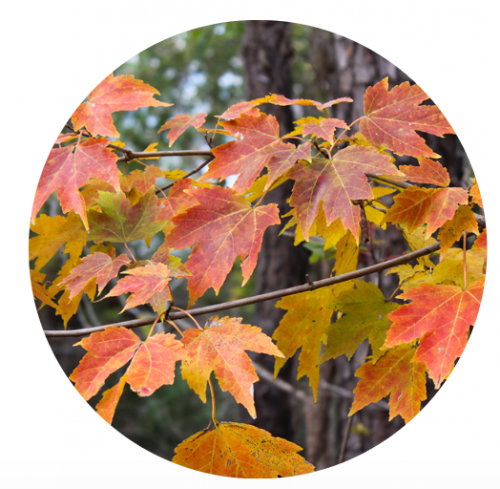 9. Caddo maple (Florida maple)
9. Caddo maple (Florida maple)
Acer barbatum (saccharum) var. Caddo
Caddo maples are planted in parks throughout the southeastern United States.
Courtesy of AdobeStockstock: Ben
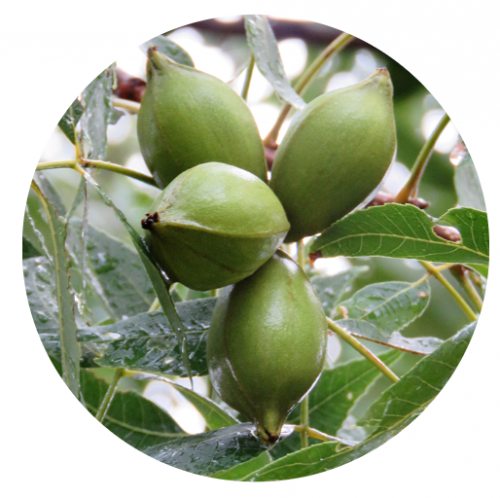 10. Pecan
10. Pecan
Carya illinoinensis
The state tree of Texas is the pecan. Thomas Jefferson planted pecan trees and introduced them to George Washington, who also planted them and called pecans “Illinois nuts.”
Courtesy of Getty Images | Christine_Kohler
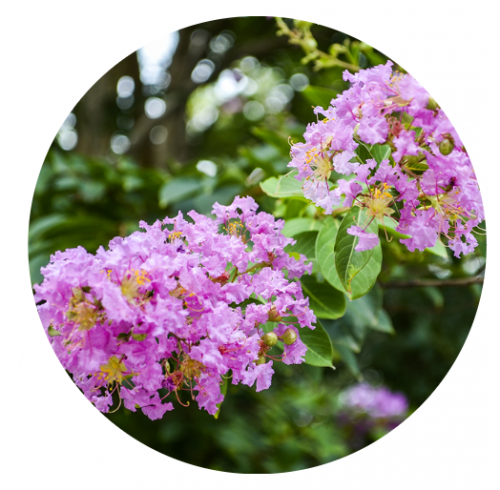 11. Crape myrtle
11. Crape myrtle
Lagerstroemia indica
Crape myrtles can produce vibrant white, pink and purple flowers. These trees were originally imported from Asia.
Courtesy of Getty Images | ablokhin
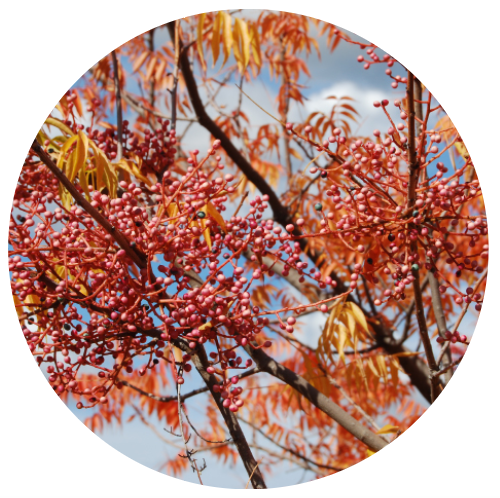 12. Chinese pistache
12. Chinese pistache
Pistacia chinensis
This species of pistache tree is closely related to poison ivy and can irritate skin. Companies in China use the oil from the seeds to produce biodiesel.
Courtesy of Getty Images | Cebolla4
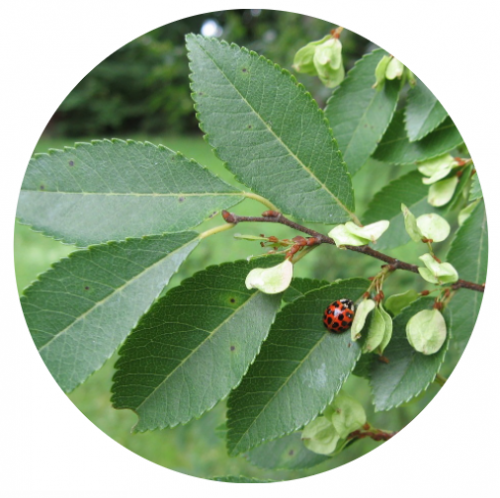 13. Lacebark elm
13. Lacebark elm
Ulmus parvifolia
The lacebark elm was named for its decorative bark. This sturdy tree is often planted along parking lots.
Courtesy of Ronnie Nijboer, CC0
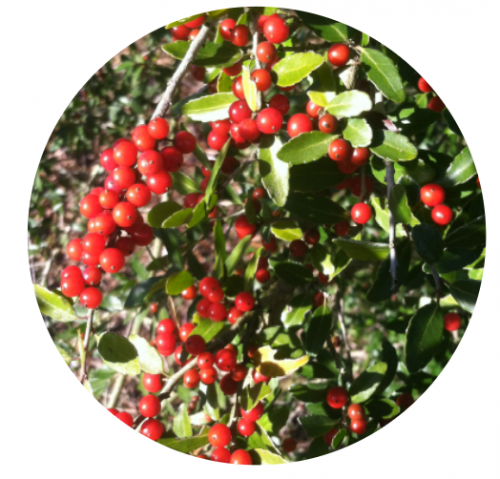 14. Yaupon
14. Yaupon
Ilex vomitoria
The twigs of yaupon trees are often eaten by white-tailed deer. The Algonquin Native American tribe used leaves from the tree to brew tea.
Courtesy of Nhlord, CC BY-SA 4.0

Your comments are welcome
Comments
Related reading:
Campus News: Alma Matters
Object Lesson: If This Tree Could Talk
The TCU Class of 1912 transplanted a tree to mark the university’s move to Fort Worth.
Alumni, Features
Co-Founder of Calloway’s Nursery Thrives on Service
Jim Estill cultivates a life of hard work and lends his business expertise even in retirement.
Features
Skincare With a Conscience
FarmHouse Fresh sells locally grown, natural skincare products and provides sanctuary for rescued farm animals.